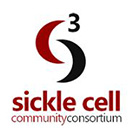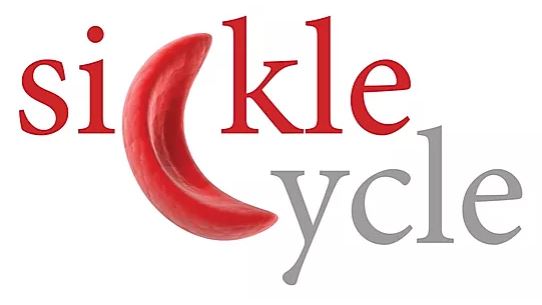ICER
New Sickle Cell Treatments & Therapies: How much will it cost and who will pay?
Value Assessments, Quality-Adjusted Life Years (QALY), and the ICER Conundrum

Data, Resources, and Information compiled as part of a partnership with the Sickle Cell Community Consortium, the Partnership to Improve Patient Care, Sickle Cell Disease Association of America , Sick Cells, the National Minority Quality Forum and Sickle Cycle.
In 2017 L-Glutamine became commercially available as a new treatment for sickle cell disease, doubling the number of FDA-approved treatments from 1 to 2. At the end of 2019 two new FDA-approved treatments for sickle cell disease were made commercially available, once again doubling the number of treatments available to 4. We are deeply concerned about the upcoming value assessment of 3 of these 4 treatments for sickle cell disease by the Institute for Clinical and Economic Review (ICER).
The methodology implemented to determine the “cost-effectiveness” of treatments by ICER relies on a metric called the quality-adjusted life-year (QALY). Congress has historically opposed this approach, having banned their use to determine coverage in Medicare, barred by the Patient-Centered Outcomes Research Institute (PCORI), and a HHS-determined violation of the ADA. This metric has long been called out by the disability community for its inherent discrimination against people with disabilities due to placing a lower value on disabled lives. Similarly, the metric exacerbates disparities in health care by relying on population surveys to: determine the quality of life weights, utilities for its calculations, and bargain on randomized clinical trials which, as you know, are not representative of minority populations.
Presentation: An Introduction to ICER and its implication on new SCD Treatments
Review The ICER Sickle Cell Disease Draft Evidence Report :
Crizanlizumab, Voxelotor, and L-Glutamine for Sickle Cell Disease: Effectiveness and Value
Webinar Series to inform and educate:
- Webinar #1: An Introduction to ICER and potential implication for new sickle cell disease treatment (video: https://www.youtube.com/watch?v=SNjSD1HSAR0&t=2s)
- Webinar #2: The ICER Draft Evidence Report on Sickle Cell Disease: An Overview, Next Steps and Expectations (RSVP: dgleason@pipcpatients.org)
Take the “My Life with Sickle Cell Disease” survey. The results of the survey will impact the ICER review in several ways:
- It will allow ICER to more accurately measure the impact SCD has on day-to-day activities.
- It will give caregivers a voice, which is often missing from clinical trial data.
- It will help ICER put a price tag on some of the expenses that result from SCD. Specifically, the survey will capture information about out-of-pocket costs and how much is spent out of cash or bank accounts to help manage SCD.
Resources and References






